History of Chicago
The largest city of the American Midwest, Chicago, Illinois, was founded in 1830 and quickly grew to become, as Carl Sandburg’s 1916 poem put it, “Hog Butcher, Tool Maker, Stacker of Wheat, Player with Railroads and Freight Handler to the Nation.” Established as a water transit hub, the city evolved into an industrial metropolis, processing and transporting the raw materials of its vast hinterland.
Chicago: Prehistory and Early Years
The name Chicago may have come from a Miami Indian word for the wild leeks that grew on the bank of the short Chicago River. Over the centuries the Miami, Sauk, Fox and Potawatomi tribes all lived in the area. The 1673 Marquette and Jolliet expedition crossed the Great Portage between the Chicago River and the Illinois, 10 miles of flat, often waterlogged ground separating the two great water transit systems of North America, the Great Lakes and the Mississippi Valley.
Did you know? In 1860 the Republican National Convention was held in Chicago. Illinois legislator Abraham Lincoln won the nomination there with strong backing from editor Joseph Medill’s Chicago Tribune.
The first non-Indian to settle within Chicago’s future boundaries was a Santo Domingan of mixed African and European ancestry, Jean Baptiste Point du Sable, who arrived around 1780. In 1803 the U.S. Army built Fort Dearborn on the south bank of the Chicago River. It was destroyed in an Indian raid in 1812 but rebuilt four years later. In 1830 platted lots for the future city were sold to help finance the Illinois and Michigan Canal.
The 1832 Black Hawk War ended the last Native American resistance in the area. Chicago was incorporated as a town in 1833 and as a city in 1837, when its population reached 4,000. In 1848 Chicago got its first telegraph and railroad. Two innovations—grain elevators and the Board of Trade’s wheat grading standards—quickly transformed the way crops were sold. By 1854 the city was the world’s largest grain port and had more than 30,000 residents, many of them European immigrants.
Chicago: The Great Fire and Rebuilding
In October 1871, a fire destroyed one-third of Chicago and left more than 100,000 homeless. Its initial spark remains unknown (legends of Mrs. O’Leary’s lantern-kicking cow notwithstanding), but it was fueled by drought, high winds and wooden buildings. The factories and railroads were largely spared, and the city rebuilt with astonishing speed.
In the late 1800s Chicago grew as a national retail center and produced a crop of brand-name business tycoons, including Philip Armour, George Pullman, Potter Palmer and Marshall Field. In 1885 Chicago gave the world its first skyscraper, the 10-story Home Insurance Building. In later years architects Louis Sullivan, Mies van der Rohe and Walter Gropius all added to the city’s growing skyline. In 1893 Chicago hosted the World’s Columbian Exposition, which drew over 20 million visitors to its “White City” of plaster Gilded Age buildings built on former bogland beside Chicago’s south lakefront
Chicago: Labor and Unrest
The 1886 Haymarket affair, in which police fired on protesting workers (and, in the confusion following a fatal anarchist bombing, each other), ushered in an era of protest and reform for the multitudes of workers who kept Chicago’s meatpacking, manufacturing and shipping industries running. In 1894 declining wages at the Pullman Palace Car Company factory triggered a crippling national rail union boycott. In 1906 journalist Upton Sinclair published “The Jungle,” a novel that exposed cruel and unsafe practices in the city’s meatpacking industry.
Nationwide social upheavals surrounding World War I brought many African-American migrants to Chicago from the South. They found new opportunities and a vibrant cultural community that soon gave birth to Chicago’s versions of blues and jazz. Tensions arose between the newcomers and Chicago’s established Irish, Polish and German ethnic groups, leading to a string of bombings of African-American homes between 1917 and 1921, as well as an eight-day race riot in 1919.
By the 1930s Chicago’s population reached 3 million. Gangsters Al Capone and John Dillinger grabbed headlines, but the real power lay with the city’s political “machine,” a system of patronage that controlled city politics for the better part of a century.
Chicago: Postwar Years
Between 1950 and 1960 Chicago’s population shrank for the first time in its history, as factory jobs leveled off and people moved to the suburbs. Poor neighborhoods were razed and replaced with massive public housing that solved few of the problems of poverty and violence. Riots in 1968 gave vent to anger following the assassination of Martin Luther King Jr., and violent police response marred protests at the Democratic National Convention that year.
The 2000 U.S. Census reported Chicago’s first decade-over-decade population increase since 1950. Immigrants still flock to the “windy city,” though now from Asia and Latin America more than Europe. Chicago remains a center of trade: Airports supplement the old rail and water transit hubs, and agricultural futures are traded electronically from the floor of its storied Mercantile Exchange.
Source: https://www.history.com/topics/us-states/chicago

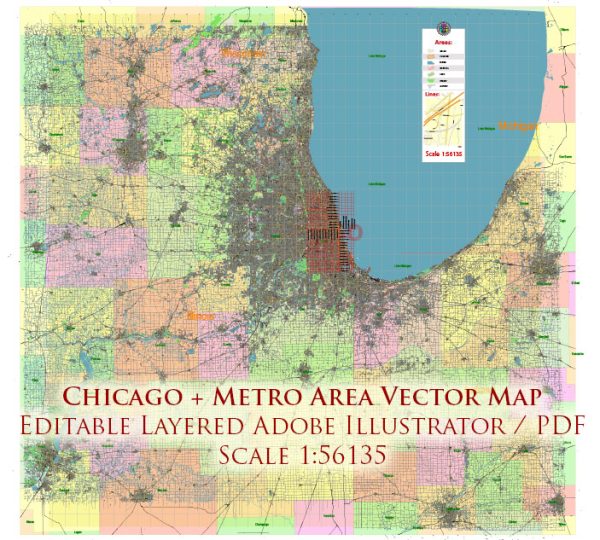
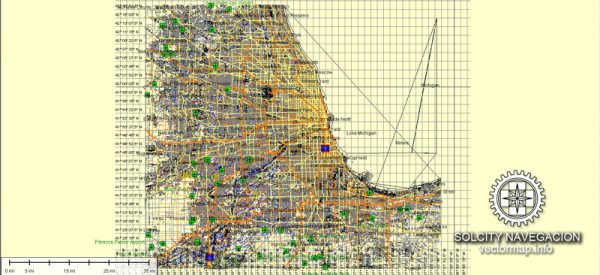
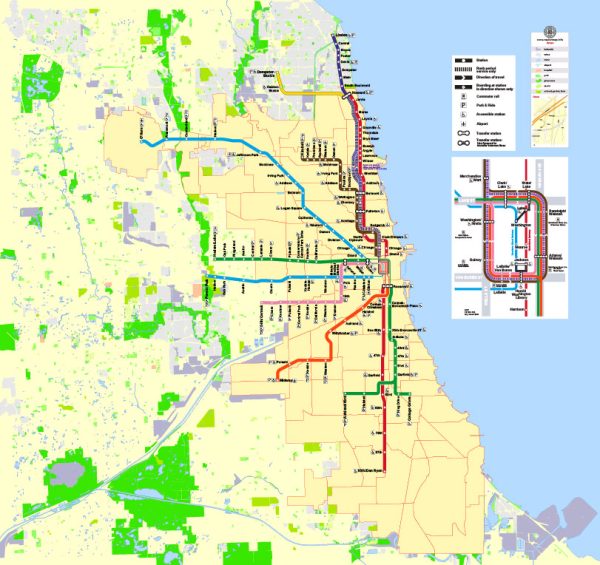
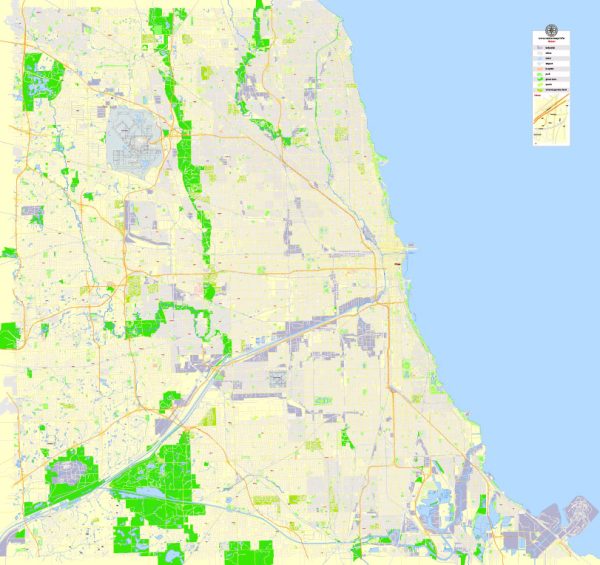
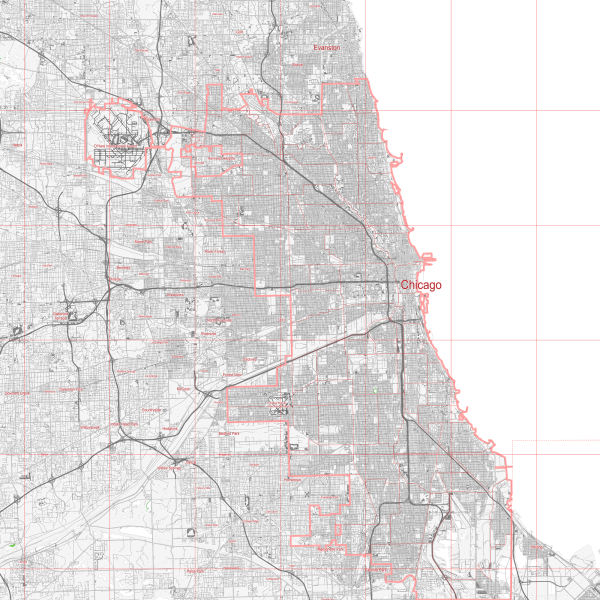
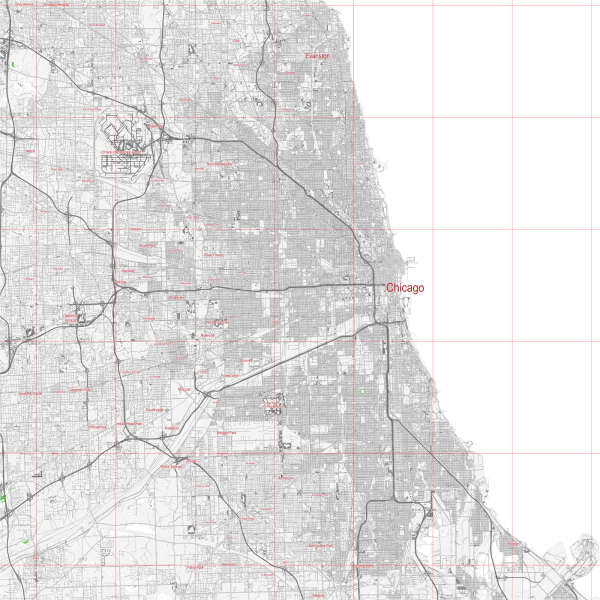
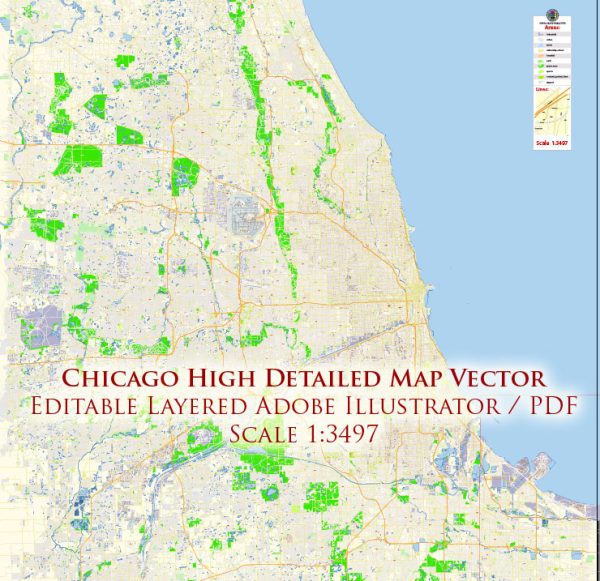
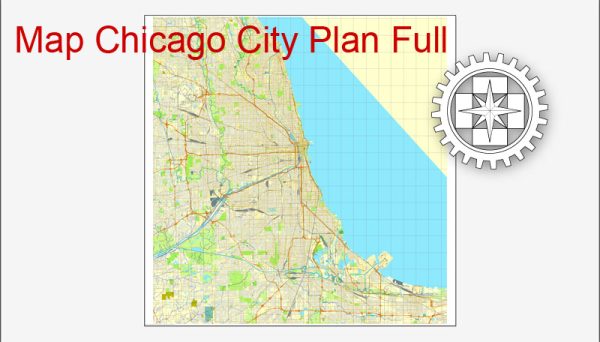
 Author: Kirill Shrayber, Ph.D.
Author: Kirill Shrayber, Ph.D.